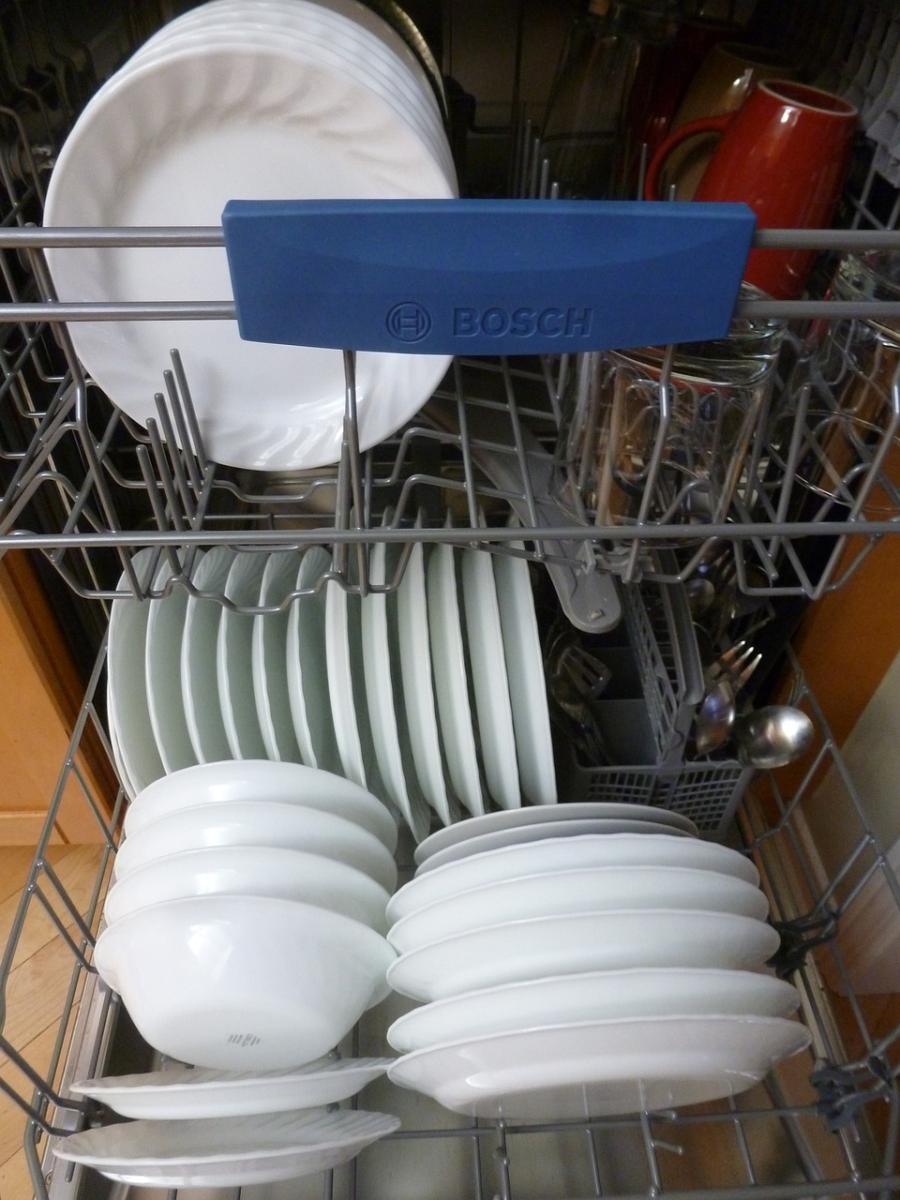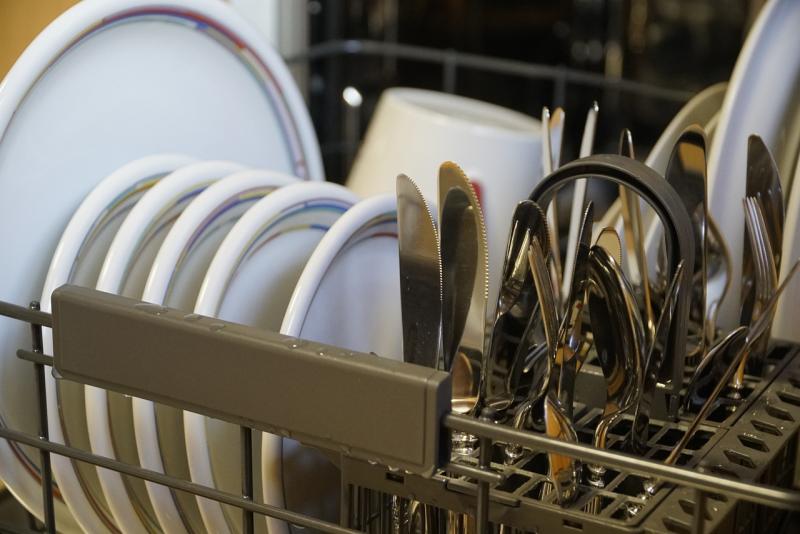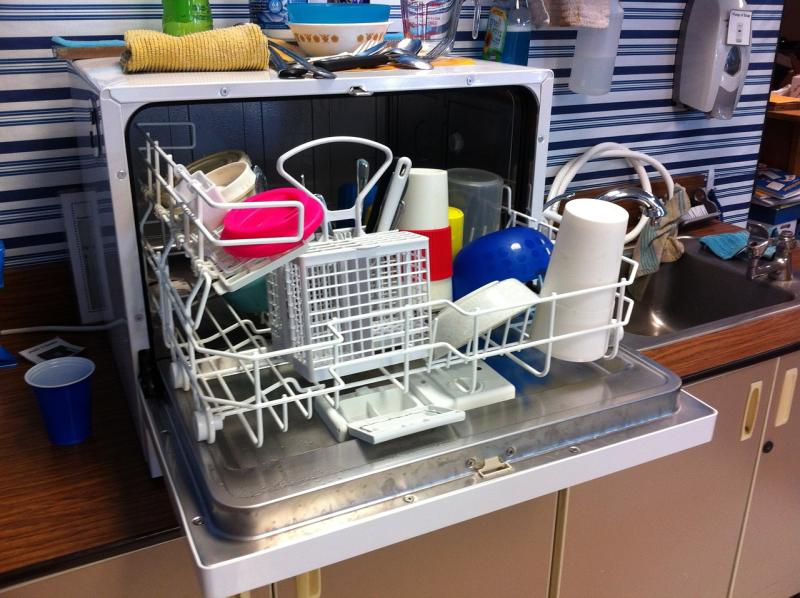When it comes to loading a dishwasher, making the most of the silverware container is key to ensuring all your utensils come out sparkling clean. Follow these easy steps for success and to maximize efficiency:
1. Separate your silverware: Before loading the silverware container, take a few minutes to separate your utensils by type. This will make unloading much easier once the cycle is complete. If you have a lot of utensils to wash, consider investing in a small utensil holder to keep everything organized.
2. Handle placement: When loading the silverware container, be sure to alternate the direction of utensil handles to prevent them from nesting together. This will ensure that water can reach every piece and that they come out clean. Include a mix of forks, spoons, and knives in each section of the container for optimal cleaning.
3. Avoid overcrowding: While it can be tempting to cram as many utensils as possible into the silverware container, this can actually hinder the cleaning process. Make sure there is enough space between each piece for water to circulate freely. If your dishwasher has a dedicated silverware spray arm, be sure it is not blocked by overcrowded utensils.
Arranging plates and bowls in designated spots
When it comes to loading a dishwasher, one of the key steps for success is arranging plates and bowls in their designated spots. This will not only ensure that your dishes come out clean and sparkling, but also make unloading the dishwasher a breeze.
Start by placing plates in the bottom rack, positioning them in a circular pattern facing the center of the dishwasher. This will allow water to reach all surfaces of the plates, ensuring a thorough clean. Make sure to space out the plates evenly to avoid any dishes sticking together.
Next, arrange bowls in the top rack facing downwards. Place smaller bowls towards the front of the rack and larger bowls towards the back. This will prevent them from flipping over during the wash cycle and ensure that they are properly cleaned.
By following these simple steps and arranging plates and bowls in their designated spots, you can master the art of loading a dishwasher and enjoy perfectly clean dishes every time. So, next time you load your dishwasher, remember to pay attention to the placement of your plates and bowls for optimal results.
Placing cups and glasses securely on top rack
One important step in loading a dishwasher is to ensure that cups and glasses are securely placed on the top rack. This not only helps prevent breakage during the washing cycle, but also allows for better cleaning results. Here are some easy steps to follow:
First, make sure to place cups and glasses upside down on the top rack. This helps prevent water from collecting inside the cups and glasses during the wash cycle. Additionally, it allows for better water drainage, resulting in a more effective cleaning process.
Next, be mindful of spacing between cups and glasses. Avoid overcrowding the top rack to ensure that each cup and glass has enough space for water and detergent to reach all surfaces. Proper spacing also prevents cups and glasses from bumping into each other, which can cause breakage.
Lastly, double check that cups and glasses are securely positioned on the tines or in the appropriate holders on the top rack. This helps prevent them from shifting or falling over during the wash cycle. By following these simple steps, you can master the art of loading a dishwasher like a pro!
Filling remaining space with Tupperware and pots
Once you’ve loaded all your plates, bowls, and utensils into the dishwasher, it’s time to tackle the tricky task of filling the remaining space with Tupperware and pots. This may seem like a daunting challenge, but with a few simple steps, you’ll be able to master loading a dishwasher like a pro.
First, start by organizing your Tupperware and pots according to size. Place larger items at the bottom and smaller items towards the top to maximize space efficiency. Make sure to stack items neatly to ensure that water can flow freely and reach all surfaces during the wash cycle.
Next, nest smaller Tupperware containers inside larger ones to save space and prevent them from moving around during the wash. This will also help to prevent them from flipping over and collecting water, which can lead to poor cleaning results.
Finally, don’t forget to check the dishwasher’s manual for any specific loading instructions. Some models may have designated areas for certain types of items, so be sure to follow these guidelines for optimal loading a dishwasher and cleaning performance. With these easy steps, you’ll be able to efficiently fill the remaining space with Tupperware and pots, leaving your dishwasher loaded and ready to go.



